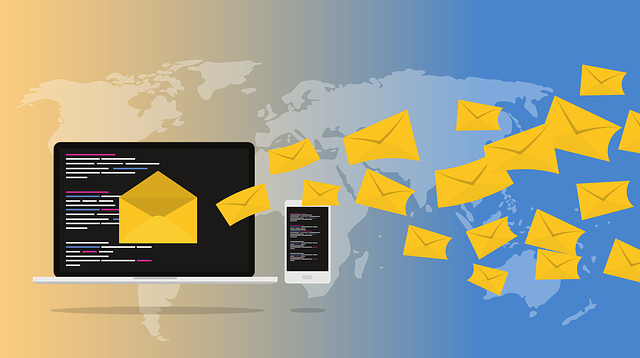Do you receive hundreds of emails a day? Are you spending more and more time reading and responding? How can Lean help you deal with the flood?
Lean Principle: Standardized Work
Dan Markowitz, Lean Enterprise Institute faculty member, discusses how the Lean principle Standardized Work can be used to tame the email flood in a more traditional, less high tech approach
Standardized work applies in two areas: first to reduce the amount of mail that you get, and second to help you process the mail.
Apply communication standard work in an organization to reduce the number of emails by defining what subjects use which communication medium. Dan recommends restricting email for things that are non-urgent and simple.
For the messages that do come to your inbox, there needs to be a standard process for addressing them. Develop a protocol that works for you and follow it.
Establish a time window for dealing with the messages. Move the ones that require more in depth handling to your calendar with a specific time for response. Thus, your standard work has developed a pull system.
You can view Dan’s presentation here.
Lean Principles: One-piece Flow, Just-in-Time
Next, for a more high tech approach, learn how Paul Akers, founder and president of FastCap an international product development company, manages his 300 emails a day.
“The key to managing emails is one-piece flow, to answer the emails as they come in.”
How does he do it? Using a variety of methods.
High volume emails are managed using third party applications such as Voxer, WeChat, WhatsApp through voice response.
He uses 60-second videos to provide a clear message rather than a text in order to answer a question the first time. This avoids a potentially long email trail.
Paul rarely types an email. He uses voice to text instead. He also rarely reads an email. He selects them and has the phone read them to him instead.
Watch Paul’s video at the following link to hear even more tips.
We focused on what two experts had to say. However, there are numerous YouTube videos and internet articles on reducing or eliminating the email burden.
We looked at a dozen or so YouTube presentations and selected three. We summarize their content below and provide the links to the presentation.
See which approaches or combination thereof will work for you or your organization.
Thomas Frank: How to Achieve InBox Zero
- Don’t treat your inbox as an archive
- Don’t use your inbox as a task manager
- Dedicate a specific time of day to handle emails
- First, clear out any emails that don’t require any action from you.
- Do you need an email’s information for reference later? Archive it. Otherwise delete it. But unsubscribe from marketing emails first before deleting.
- For emails you have to act on:
- Deal with those that take 5 minutes or less
- Get the details of those that require longer into your task manager.
- Use tags and labels and search in tandem
- Set up filters to tag, archive, and/or delete
- If coalescing emails from separate email accounts into your gmail, set up a filter so nothing from your old emails goes into spam on your Gmail account
- Use separate emails for logins and correspondence. Don’t give the login email to anyone.
- Have strong, unique passwords for all your online accounts
- Use DashLane
Steve Dotto: 4 Keys to Mastering Your Inbox
- Don’t overcheck your email. Check it less frequently. Train your tribe as to what to expect from you.
- Attack inbox overload. Too many emails in your inbox.
- One touch policy for emails. Five things to do with an email once you open it
- Respond to it
- Archive it
- Delete it
- Delegate it
- Defer it
- Stop creating folders and manually organizing email into them. Learn to use search effectively to find the emails you need when you need them.
- Don’t use email when it’s inappropriate.
- Use a team-based system for communication not email.
Bernd Geropp: How to Deal with Email Overload
- When to read email
- Only at fixed times, once or twice a day
- Shut off email at other times
- How to process emails efficiently
- Keep inbox as empty as possible
- Read the email. If it requires an action that takes less than 2 minutes, take care of it right away.
- Delegate actions for which you are not the one responsible
- Delete or save
- If an action takes longer, move it to your to do list
- If you want to save the message for some reason, put it in a different folder
- Otherwise delete it immediately.
- How to receive less emails
- Stop sending CC and BCC emails
- Avoid the button “Reply to All”
- Only reply if absolutely necessary
- Think twice if you really need to forward an email
- Don’t expect a reply on the same day
- Cancel all newsletters that you don’t read
- Don’t send emails with an automatic read confirmation
- How to write emails efficiently
- Be polite, brief, clear, and precise
- Only have one topic which is also in the subject
- So the email subject is clear without having to open the email
Change expectations that emails should be answered within minutes. 24 hours is more reasonable. If you have customers who demand a short notice response, then have one person who does nothing other than respond to customers.
Emails are not the right medium for lengthy discussions.







Leave A Comment